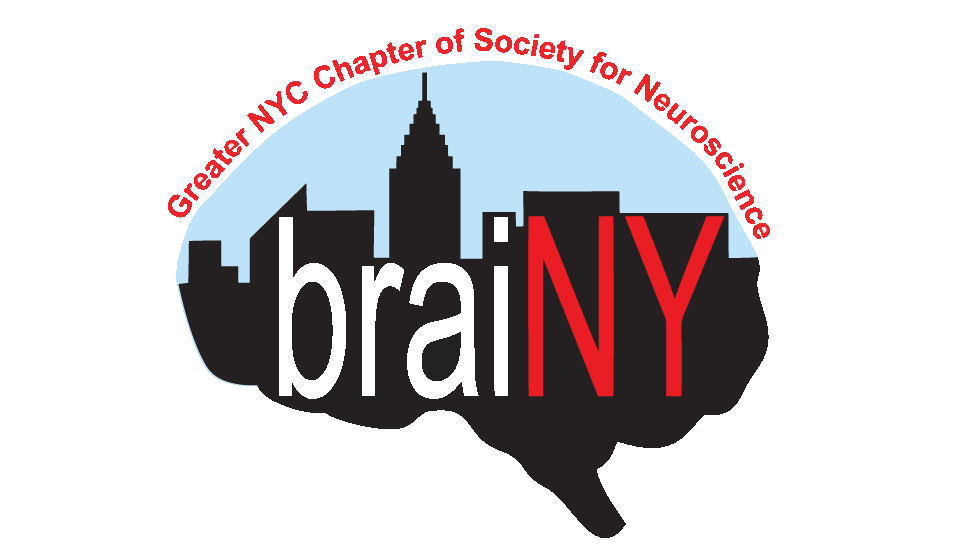How do we keep track of our social world?
By Matthew Schafer
Everyday, we navigate social relationships: we interact with strangers, loved ones, and sometimes even enemies. We often use spatial metaphors to describe these relationships: we “climb the ladder” at work, or feel “distant” from a friend we’ve recently grown “apart” from.
Is there something more to these sayings than just metaphor: does the brain navigate “social space” like it does physical space? Do we organize our social lives as a kind of map, to chart relationships and explore new social frontiers? Brain scan studies suggest the answer is yes, in surprising and subtle ways.
Study participants play a choose-your-own-adventure computer game where they interact with different residents of their new town. In this interaction, Hayworth (the participant’s boss) is commanding the participant to do something and the participant must choose whether they would like to acquiesce or resist the demand. Participants make these decisions while inside a brain scanner and we track how their brains respond to each interaction.
Understanding how the brain navigates our complex social world is one focus of our laboratory, the Schiller Laboratory of Affective Neuroscience. We scan volunteers’ brains during a choose-your-own-adventure computer game. In our experimental task, study participants move to a new town and must make friends, find a place to live, and secure a job. From the participant’s perspective, this is just a fun game where they interact with fictional people. A character may gossip with the participant, or make demands, or boss them around. The participant then responds by choosing between two different prompts, deciding how the relationship unfolds. From our perspective, these responses reveal a form of abstract social navigation. The participant’s decisions change the closeness and balance of power in the relationships, moving the characters around like pieces on a social gameboard, each with a unique trajectory, or path.
The hippocampus (blue) is located in the medial temporal lobe. Traditionally, this brain region has been known to track our movement and position in physical space, coined the “GPS of the brain”. Our work shows that the hippocampus’s mapping abilities extend well beyond the physical domain. Image created in BioRender.com.
Our brain scans show that these trajectories are tracked by brain activity in a region called the hippocampus – the same area active during spatial navigation. This brain region tracks our position and movement through physical space, and our results show that it also tracks continuously evolving social relationships. Thus, the brain activity patterns in social and physical space have a similar map-like format, representing different locations and the distances and directions between them. It seems the spatial metaphors we use for our social lives imply a deeper truth: we travel social landscapes using the same mental machinery we use for physical ones.
These findings give us new questions. For one, physical space is concrete and observable, whereas social space is abstract and hidden; a person’s power is not something we can measure with a ruler. How does the brain track people’s locations on these invisible dimensions so easily, and why does it treat the abstract just like the physical? Quantifying these hidden dynamics could give us tools to help people navigate difficult social situations – maybe someday we will have a phone app that suggests a method to avoid looming social conflict, just as Google maps reroutes us to avoid traffic jams.
Perhaps most important, these findings tell us about what we find most meaningful: the invisible bonds that connect us with others. No matter the physical distance between you and your loved ones, the closeness you feel with them is more than metaphor after all.
Interested in reading more about this topic?
Matthew Schafer completed his undergraduate studies at William & Mary before heading to Yale for a research assistantship in the Kober Lab. Currently, Matthew is a PhD student at the Icahn School of Medicine at Mount Sinai. His work in the Schiller Laboratory is focused on learning about how the brain tracks dynamic social relationships, and outside of the lab Matthew is a big basketball fan.
Edited by Denise Croote, PhD



